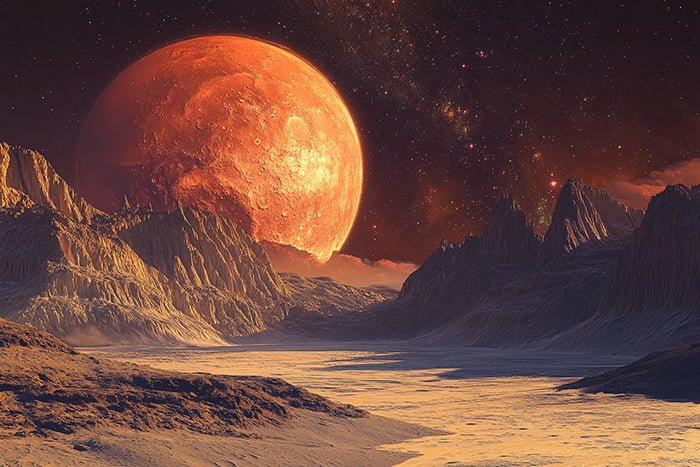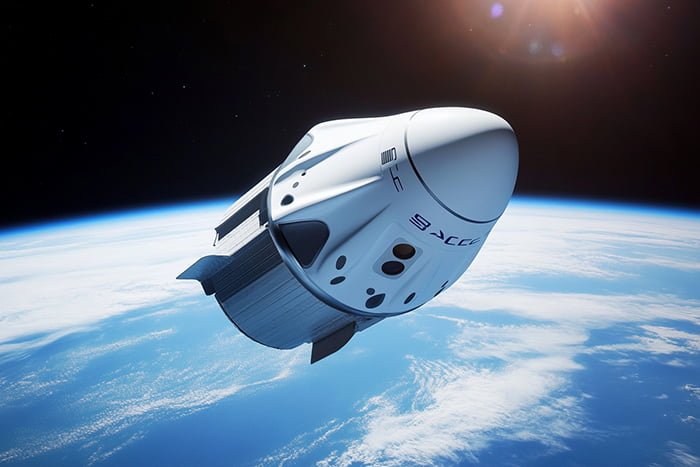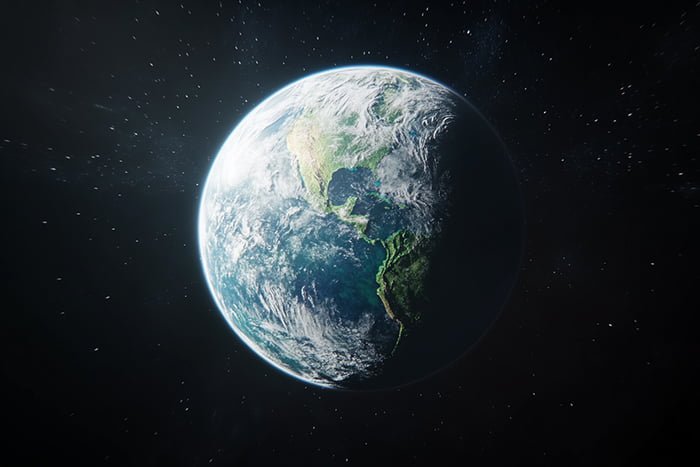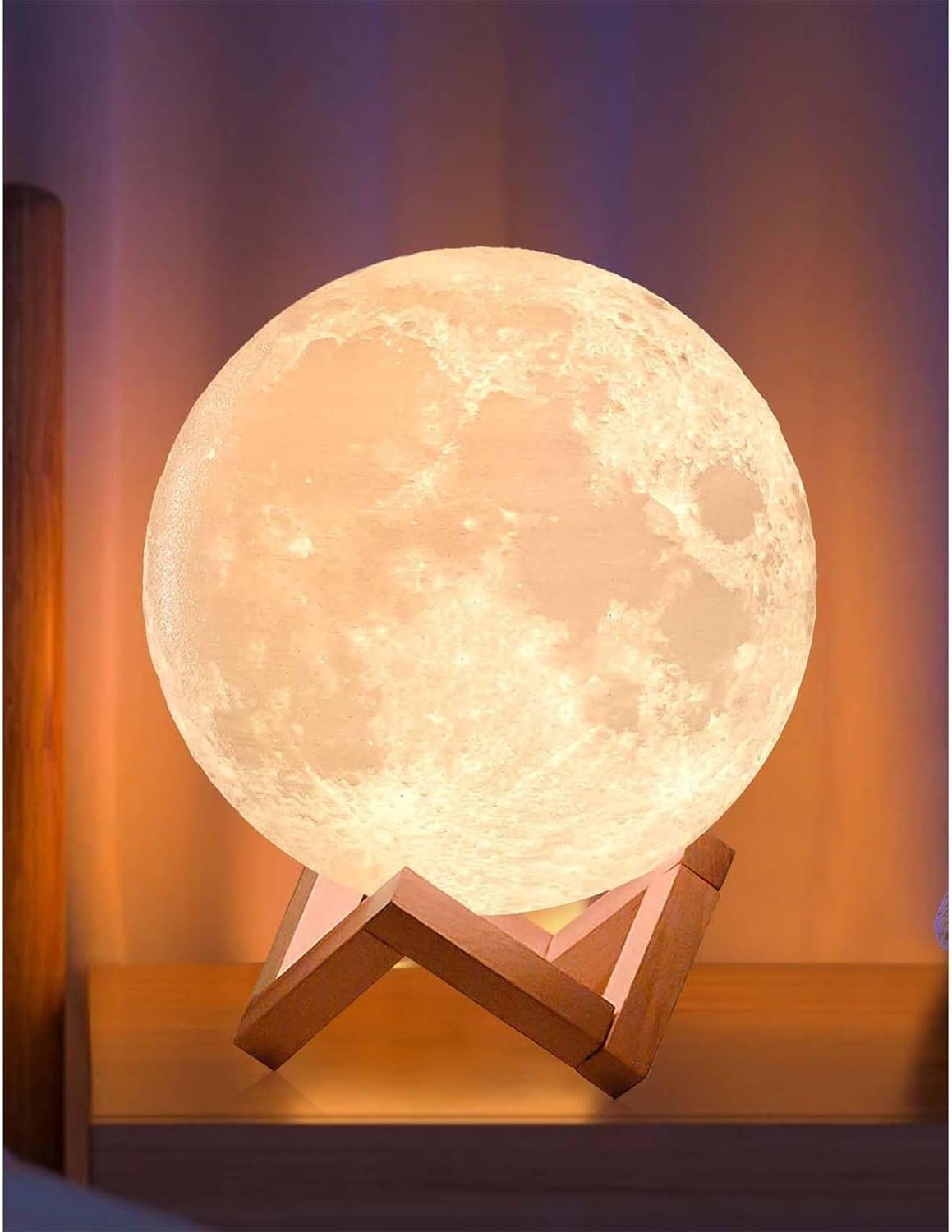Mars, the Red Planet, intrigues with its potential for past life, striking red hue, and geological wonders, making it a scientific focal point.
Key Takeaways 📝
- Ancient civilizations like the Egyptians and Chinese were among the first to document Mars, associating its red hue with war.
- Mars is home to Olympus Mons, the tallest volcano in the Solar System, standing nearly three times the height of Mount Everest.
- Mars’ thin atmosphere is 96% carbon dioxide, causing extreme temperature swings from -80°F to -195°F.
- Discoveries of subsurface water ice and a possible sub-glacial lake raise questions about the potential for microbial life on Mars.
- Robotic missions, like NASA’s Perseverance rover, are crucial for understanding Mars’ geology, climate, and the possibility of past life.
Mars, often referred to as the Red Planet, has intrigued humanity for millennia. Its striking reddish appearance, the potential for past life, and its geological wonders make it a focal point of scientific inquiry and public fascination. This article delves into the various aspects of Mars, from its historical observations to its physical characteristics, atmosphere, exploration efforts, and the tantalizing possibility of life.
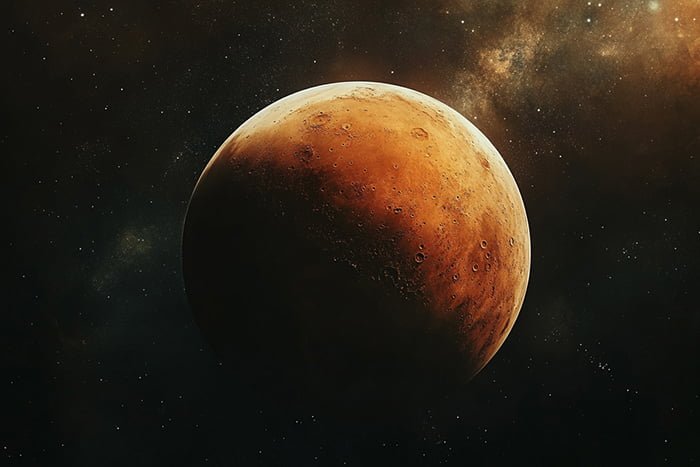
Historical Observations of Mars
Early Astronomical Insights
The allure of Mars dates back to ancient civilizations. The Egyptians and Chinese were among the first to document their observations of the planet, noting its distinctive red hue and erratic movements across the night sky. These early astronomers attributed various meanings to Mars, often associating it with war and conflict due to its blood-like color.
The Telescopic Revolution
The advent of the telescope in the early 17th century revolutionized our understanding of Mars. In 1610, Galileo Galilei became the first person to observe Mars through a telescope, marking a significant milestone in astronomy. His observations revealed surface features and provided insights into the planet’s rotation. Over the following centuries, astronomers like Johannes Kepler and Christiaan Huygens made further contributions, enhancing our knowledge of Mars’ orbit and physical characteristics.
Physical Characteristics of Mars
Size and Distance from the Sun
Mars is the fourth planet from the Sun and the second smallest in our Solar System, following Mercury. It orbits the Sun at an average distance of approximately 227.9 million kilometers (141.6 million miles). With a radius of 3,389 kilometers (2,105 miles), Mars is about half the size of Earth, making it a relatively compact planet.
Orbit and Rotation
Mars has a rotation period of about 24.6 hours, which is slightly longer than an Earth day. However, its orbit around the Sun takes about 669.6 Earth days, resulting in a Martian year that is nearly twice as long as a year on Earth. This unique orbital pattern contributes to the planet’s distinct seasonal changes.
Axial Tilt and Seasonal Variations
Mars has an axial tilt of 25.2 degrees, which is comparable to Earth’s tilt of 23.4 degrees. This tilt results in seasonal variations on Mars, similar to those experienced on Earth. However, due to its longer orbital period, Martian seasons last almost twice as long, leading to extended periods of summer and winter.
Surface Features of Mars
Diverse Terrain and Geological Wonders
The surface of Mars is a captivating landscape that resembles a cold desert. It features vast plains, towering volcanoes, and deep canyons. The planet’s reddish appearance is primarily due to the presence of iron oxide, commonly known as rust, which coats its surface.
Volcanoes and Canyons
Mars is home to the tallest volcano in the Solar System, Olympus Mons, which rises to an impressive height of 13 miles (21 kilometers). This shield volcano is nearly three times the height of Mount Everest. Additionally, Mars boasts the Valles Marineris, a canyon system that stretches over 4,000 kilometers (2,500 miles) and plunges up to 7 kilometers (4.3 miles) deep, making it one of the largest canyons in the universe.
Polar Ice Caps
Mars features polar ice caps composed primarily of water ice, with seasonal layers of carbon dioxide ice. These caps expand and contract with the changing seasons, providing valuable insights into the planet’s climate and atmospheric conditions.
Atmosphere and Climate of Mars
Atmospheric Composition
Mars possesses a thin atmosphere that is predominantly composed of carbon dioxide (about 96%), with traces of nitrogen (1.93%) and argon (1.89%). This thin atmosphere is unable to retain significant heat, resulting in extreme temperature fluctuations.
Temperature and Weather Patterns
On average, Mars is a frigid planet, with temperatures hovering around -80°F (-60°C). Near the poles during winter, temperatures can plummet to an astonishing -195°F (-125°C). Dust storms are a common occurrence on Mars, sometimes enveloping the entire planet and obscuring visibility for extended periods.
The Moons of Mars

Phobos: The Larger Moon
Mars has two moons, with Phobos being the larger of the two. Phobos has a diameter of approximately 25 kilometers (15.5 miles) and orbits Mars at an incredibly close distance of about 6,000 kilometers (3,728 miles). This proximity makes it one of the closest moons to its planet in the Solar System.
Deimos: The Smaller Moon
Deimos, the smaller moon, has a diameter of roughly 15 kilometers (9.3 miles). Both moons are believed to be captured asteroids from the nearby asteroid belt, showcasing the dynamic history of our Solar System.
Water on Mars
Historical Evidence of Liquid Water
One of the most compelling aspects of Mars is the evidence suggesting that liquid water once flowed on its surface. Features such as dried-up river valleys, ancient lakebeds, and minerals that form in the presence of water indicate a wetter past. These findings have fueled speculation about the planet’s potential to support life.
Recent Discoveries of Water Ice
In recent years, scientists have made significant strides in understanding Mars’ water history. Discoveries of water-ice beneath the surface and even a sub-glacial lake near the southern polar ice cap have provided new insights into the planet’s hydrological cycle. These findings raise intriguing questions about the possibility of microbial life existing in subsurface water reserves.
Mars Exploration: A Journey of Discovery
Robotic Missions to Mars
The exploration of Mars has been primarily conducted through robotic missions. NASA’s rovers, including Curiosity, Opportunity, and Perseverance, have been instrumental in gathering data about the planet’s geology, climate, and potential for life. These rovers have sent back invaluable information, including images, soil samples, and atmospheric readings.
Future Missions and Ambitious Plans
Looking ahead, several ambitious missions are planned for Mars. The Mars 2020 mission aims to collect soil samples and return them to Earth for detailed analysis. Additionally, there are discussions about manned missions to Mars, with the potential for human colonization in the coming decades. These missions could revolutionize our understanding of the Red Planet and its suitability for human habitation.
The Possibility of Life on Mars
Historical Theories of Martian Life
The notion that Mars could harbor life has captivated scientists and the public for centuries. Early astronomers believed they observed canals on Mars, leading to speculation about advanced Martian civilizations. While these theories have been debunked, the quest for life on Mars continues.
Current Research and Discoveries
Today, scientists approach the question of life on Mars with a more cautious optimism. Recent discoveries of organic compounds in Martian rocks suggest that the planet may have once supported microbial life billions of years ago. Ongoing research aims to uncover more evidence of past life and assess the potential for current life forms in subsurface environments.
Conclusion: The Ongoing Quest for Knowledge
Mars remains one of the most intriguing planets in our Solar System. Its unique geological features, complex climate, and the tantalizing possibility of past or present life make it a focal point for scientific exploration. As technology advances and new missions are launched, we stand on the brink of exciting revelations about the Red Planet. The journey to understand Mars is far from over, and each discovery brings us closer to unraveling the mysteries of this enigmatic world. Who knows what secrets await us on Mars in the years to come?

